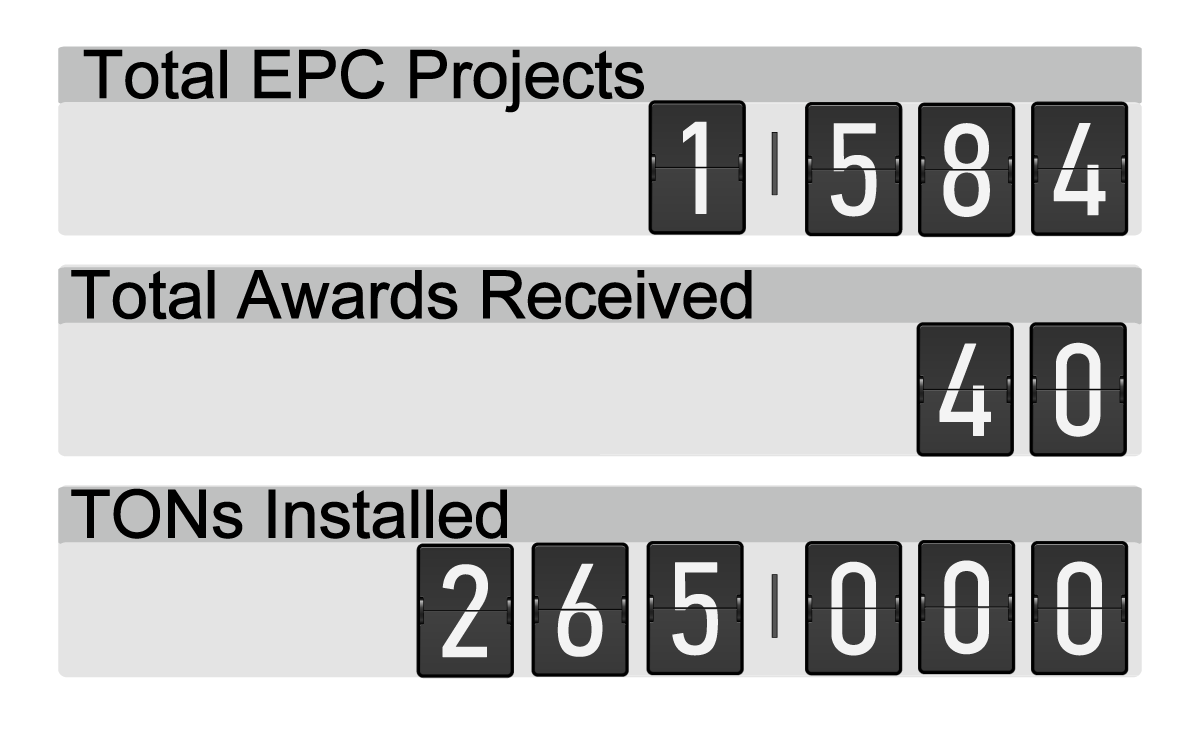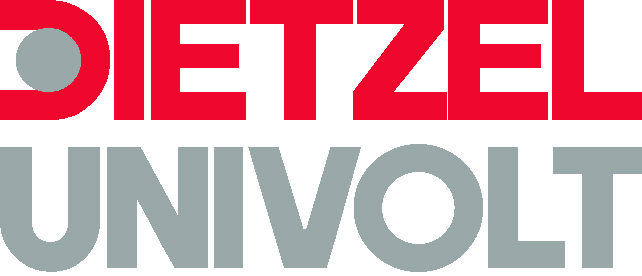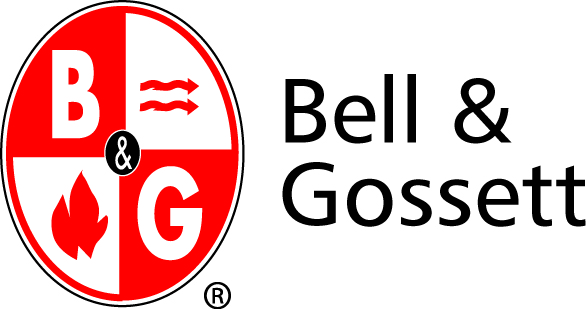*For Further Support Email us ?'s to support@americanclimate.net
What type of work do you do?
Full EPC HVAC Contracting including Plumbing, Process Piping, HVAC, Welding, Pollution Control, Manufacturing and Custom Fabrication, Service and Maintenance, Repair and Replacement, System Evaluation and Integration, Controls Panel Production, Controls Programming, Electrical HVAC component Integration and many more specialties.
How far do you travel?
American Climate Technology will travel wherever the customer requires. We have completed multi-million dollar jobs throughout the United States, and especially the Middle East and the GCC countries.
I want you to price a job. Where do I start?
Send us the Project Documents, including Drawings and Scope/Specs/BOQ on our Frontpage. We will reply in 24 hours to begin pricing and designing your system to create a Final Technical and Financial Proposal.
What products do you Sell and Service?
We service and install Trane Air Conditioners, Air Handlers, cooling coils, furnaces, heat pumps, and thermostats. We also service and install Commercial units. For Controls, we sell and integrate Johnson Controls and Distech Controls Products. For Pumps and Pumping Systems, we use ITT Bell and Gossett. For Fans, we use Siemens. For HVAC Electrical Products, we integrate Schneider Electric Products into Control Panels. For Air Distribution Products, we use Halton Air. For Cable Management Systems we use Dietzel Univolt.
What type of Customers do you work with?
Oil and Gas Clients, Hospitals, Airports, Commercial and Industrial buildings, Educational Facilities, Textile, Furniture and Chemical Plants, Financial Institutions, Hotels, Mosques, Churches, and Museums.
How do we Purchase from you?
A Purchase Order and Bank Transfer are required to begin the Procurement Process. If an EPC job is in order, a Contract and L/C is usually the preferred method of business by American Climate Technology.
Do you offer discounts?
We offer discounts for Cash Purchases.
How long after our order should we expect Delivery?
We will send you a Procurement Plan upon receipt of your Purchase Order and Payment detailing the Delivery Schedule. We work very quickly, especially in Foreign Countries.
How can I confirm the model and serial numbers for my cooling system?
The model and serial numbers for your cooling system can be found on the nameplate or sticker, located near the service panel.
What is covered in my warranty?
All American Climate Technology products come with a written limited warranty on parts, usually for 2 years. This warranty states that a replacement part will be furnished for any part of the product that fails in normal use and service during the applicable warranty period specified in accordance with the warranty's terms. We can review with you the warranty periods for the products you select.
How does an air conditioner work?
An air conditioner seems as if it cools your home’s air. But in reality, what it’s doing is removing heat from the indoor air and transferring it to the outdoor air. It’s extracting the heat from your home. How? By passing indoor air across a refrigerant coil in the indoor unit. Refrigerant lines then carry the heat to the outdoor unit, where it is released into the outside air. The cooling cycle continues until the indoor temperature reaches the thermostat setting you selected.
What types of preventative maintenance I can do myself?
There are a number of things that you can do yourself to ensure the optimal operation and efficiency of your heating and cooling system. Here are a few:
1. The air filter in your furnace or fan coil should be inspected every 3 to 4 weeks. A dirty filter will cause your furnace, air conditioner or heat pump to work harder than necessary and will decrease the effectiveness and increase energy consumption.
2. If your indoor coil is accessible you should clean the top and underside using a vacuum cleaner equipped with a soft brush attachment. Make sure the coil is dry before cleaning for maximum effectiveness. If the coil is not completely accessible you may need to call a professional to perform the cleaning.
3. Keep your outdoor condensing unit free of dirt and debris. You should also check the base pan under the unit to ensure that grass clippings, leaves and other material has not collected to ensure the unit drains properly.
4. Make sure your outdoor unit is level. Units may become unlevel due to shifts in the ground beneath the unit resulting in incomplete draining.
5. Annual inspections of your heating unit are advised. If dirt, soot or rust are detected in the unit’s combustion or vent system call a professional to diagnose and repair any problems to ensure the safe and efficient operation of your unit.
6. Humidifiers should be cleaned at the beginning of every heating season. You should consult your owners’ manual for complete instructions on cleaning in the interior and exterior components. The evaporator pad should be replaced annually. If the water in your area is high in mineral content you should consider employing a water softening unit or clean your humidifier more frequently.
7. Humidifiers should be shut off at the beginning of the air conditioning season and cleaned.
It's summer and I see ice on the pipes leading to my unit (indoor and/or outdoor). Is this normal?
No. This condition indicates a malfunction in your system causing the cooling coil to freeze and airflow to be blocked. You should shut off your system immediately and call for service.
What Size Heating and Air Conditioning System Do I Need?
We get asked this question all the time. And having the HVAC system properly sized is extremely important.
A system that is too large will cool or heat your house quickly, but you may not feel comfortable. That's because it will satisfy the thermostat before it can adequately remove sufficient moisture from the air during the cooling mode, leaving you feeling sticky and humid. This could even lead to moisture and mold problems. And, the stress of short-cycling (too many starts and stops) will shorten the life of your equipment and increase your heating and cooling bills.
On the other hand, a system that is too small just cannot get the job done, especially in extreme weather conditions. The air conditioner will run constantly in the summer and the furnace will do the same in winter.
But a correctly sized system isn't just based on the size of the structure. Many factors go into determining the size of the system. Including type of house and walls, type and size of windows, insulation, basement and attic conditions, house orientation, and so on. A Salesman must visit the house and take detailed measurements and notes while conducting the survey.
Proper Btu sizing of Air conditioning and heating systems is extremely important for efficiency, comfort, health, and life-span of equipment. At American Climate Technology, we use a computer-aided Heat load calculation to properly determine the correct system size needed for your home. We even do a room by room load calculation. This heat loss/heat gain analysis is the best indicator of the correct system size and provides the optimum results for efficiency and comfort.
How do I Ease Energy Costs for Commercial HVAC Systems?
Operating commercial HVAC systems are a big business expense, accounting for 40 to 60 percent of a building's energy use. Here are ways to ease costs and get high-efficiency comfort with HVAC systems:
1. Do routine maintenance. Check motors, belts and steam traps; replace filters; and clean coils and boiler heat transfer surfaces.
2. Adjust the HVAC systems to match the hours when the building is in use. It may be possible to reduce heating temperatures by 10 to 15 degrees in unoccupied buildings overnight.
3. Consider an automated energy management system that will alter indoor air flow and temperature based on the outside climate and building use.
4. Conduct an energy audit. Study the use and traffic in your building. Identify the peak hours of heavy use and when the building is unoccupied.
What is involved in replacing an old system?
Aside from the placement of the new equipment, we will inspect several items and determine whether they need to be supplied or replaced. Some of the items include: ductwork, insulation, refrigerant piping, electrical service, wiring, thermostat, condensate piping, flue piping, flue terminations, chimney liner, slabs, filter, driers, registers, grills, drain pans and evaporator coil.
What is involved in installing a new system?
If a system is being added to the home for the first time, most of the items noted in the previous question and answer may be required to install the new system. Besides the equipment, the most significant component is ductwork. The ductwork can be made of either metal or fiberglass. The ductwork needs to be properly sized to deliver the right amount of air to each room. A central air conditioning system uses supply and return ducts. The supply duct is attached to the outlet of the furnace or air handler and delivers air to individual zones in your home. We will determine the size of the ductwork going into a space by the amount of air that needs to be delivered to the space.
Still Have Questions?
Don't be Shy, We Want
to Hear From You!
Use Our Right Tab Contact Form

















